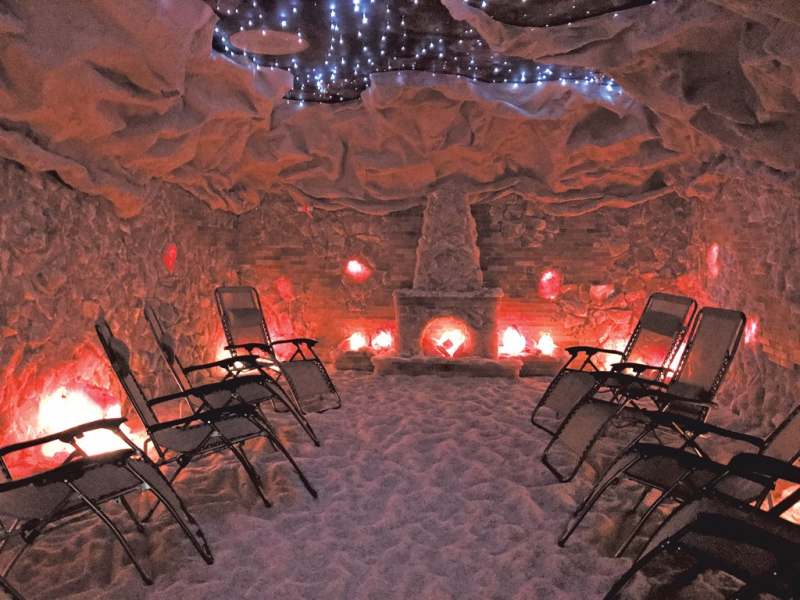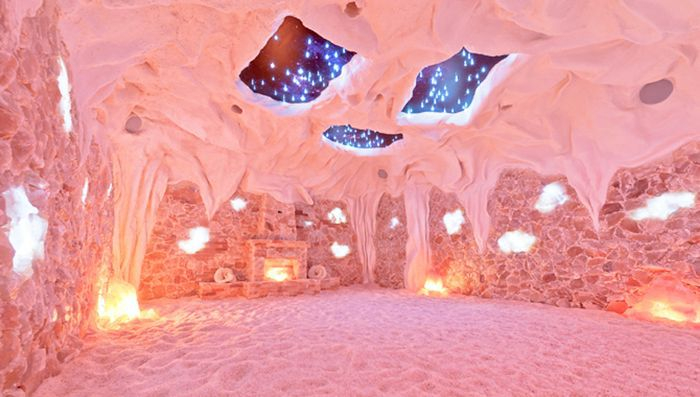Salt Cave

Qeshm Island's Namakdan Mountain. The salt cave is located on the island's western side. You'll find your way if you look for signs that say 'Salt caves.' Only one of the entrances is open to the public, and it is free to enter. While the rock in the salt cave is dissolved by water that seeps in through fissures, unlike other caves of chalk, marble, or gypsum, changes in the appearance of the salt cave can happen in days rather than millennia. Salt caverns are delicate structures that are formed and destroyed in a matter of hundreds of years.
"In limestone caves, there are signs warning visitors not to touch the dripstones; they have been developing for thousands of years, whereas in salt caverns, dripstones grow for days or weeks after rain, when rainwater enters the rock, saturates it, and in a month, half-metre dripstones have formed." They're virtually growing in front of our eyes." Michal Filippi, a member of the Czech project Namak (which means salt in Persian), which has been exploring this cave for over a decade, said as much. In 1997, Filippi and Jiri Bruthans, both students, followed their lecturer into the extremely hot cave.
Location: Qeshm Island's Namakdan Mountain








